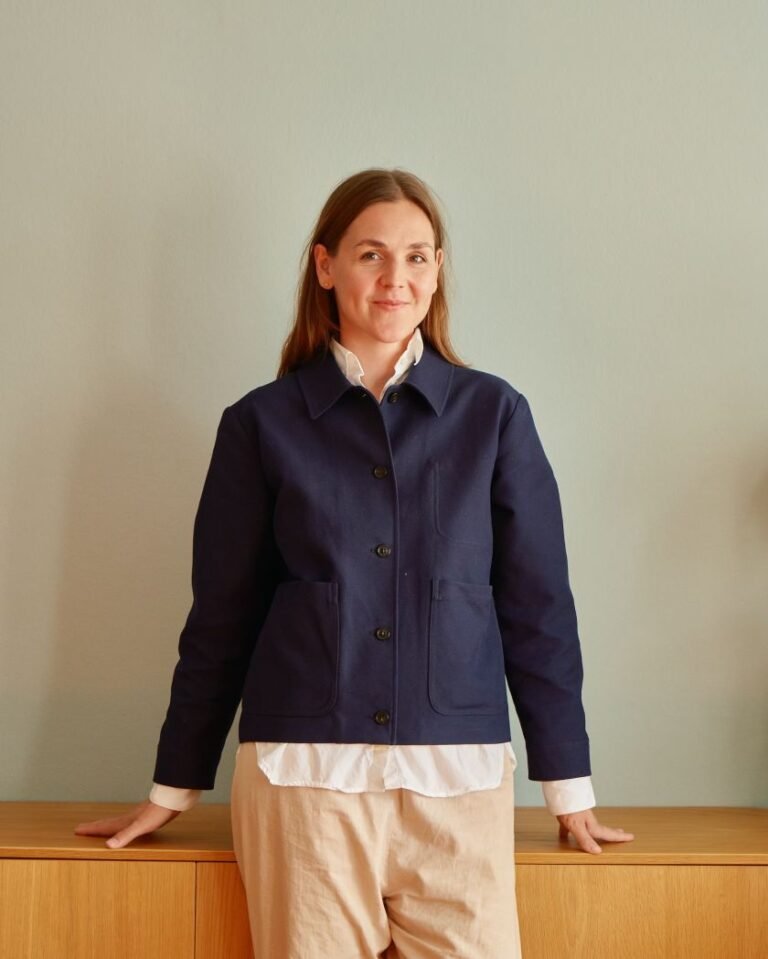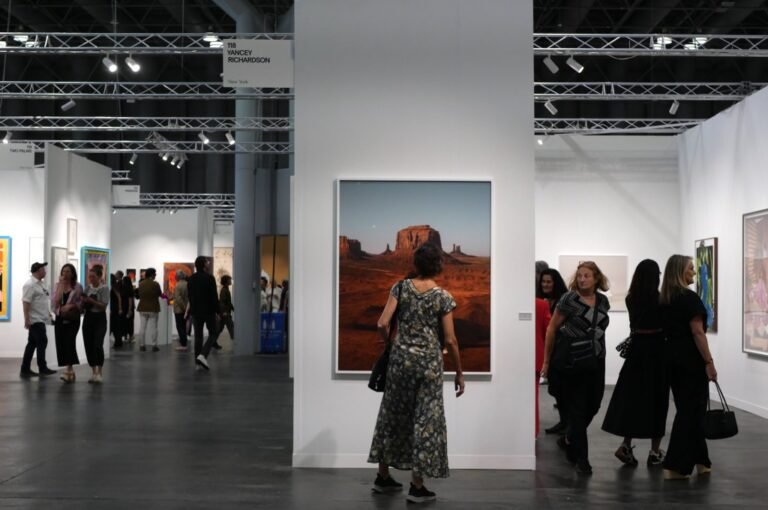

Raheleh Filsoofi is an itinerant artist, feminist curator, and community advocate. Using clay and sound as her primary expressive mediums, her work revolves around themes of movement, immigration, and social activism. Her art aims to disrupt the borders that exist between us and seeks a more inclusive world, illuminating and challenging policies and politics.
At the Edge of Arrival, on view at the Halsey Institute of Contemporary Art in Charleston, South Carolina, brings together a constellation of works — dust paintings, argillotypes, vessels, sound, and video — to explore migration, land, and memory from the perspective of a Middle Eastern immigrant woman living in the American South. In this exhibition, open through December 6, Filsoofi engages with the layered histories of place, the materials drawn from it, and a poetic dialogue between her own migration from Iran and the forced migration of enslaved Africans who arrived in Charleston. Through this lens, she reflects on our shared presence in the land — not through similarity, but through resonance across time, material, and memory.

In her audio and video work, Filsoofi aims to render the land not as a silent backdrop, but as an active, sonic archive alive with the textures of wind, water, and human experience. In this spirit of immersion, Filsoofi created a book of dust poetry, inspired by the exhibition’s location adjacent to the Halsey Institute Library. Books are another vessel of memory, language, and reflection. Through poetry, Filsoofi gives voice to otherwise unspeakable threads of thought. This idea carries through her ceramic vessels, which honor the legacy of David Drake (Dave the Potter), an enslaved African American artisan who lived and worked in Edgefield, South Carolina. Drake inscribed his pots with poems that wove resistance into utility and embodied the radical potential of clay as both record and refusal, objects that speak even under conditions designed to silence. In using clay as legacy, Filsoofi asks the land to tell its story — her story, our story, the stories of all of those who moved across it.
Having lived and worked across nine Southern states over the last twenty years, Filsoofi’s experience informs her exploration of geography not only as a physical landscape but as a layered archive of labor, displacement, and survival. This exhibition offers a poetic excavation, a mapping of arrival and absence, a listening for the sounds that persist in soil. It honors the people, plants, and stories rooted in this region, while asking: What connects us across difference? What remains at the edge of arrival?
To learn more, visit halsey.charleston.edu.





